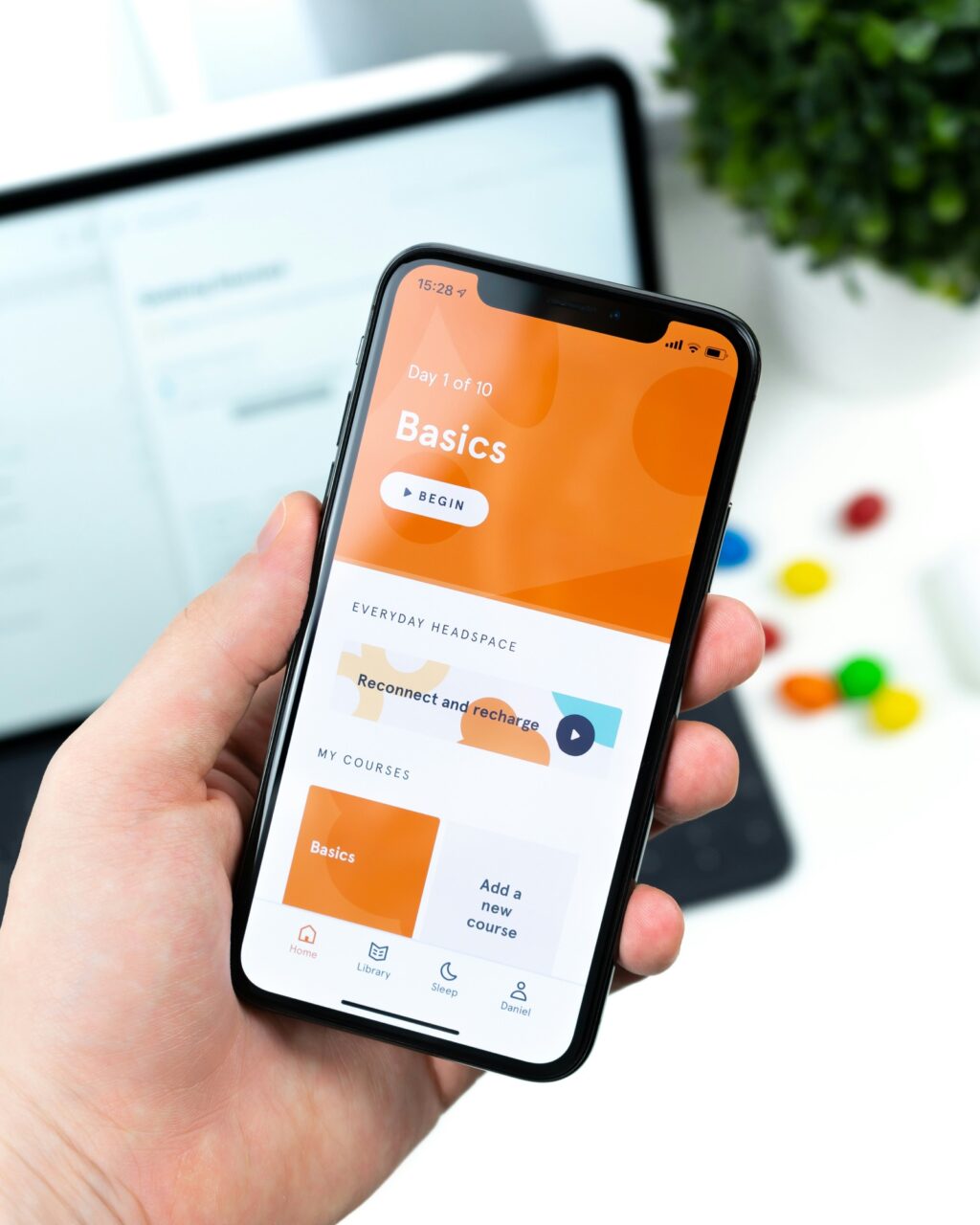- Home
- Collective
- Elevating Web Design from Average to Exceptional
Elevating Web Design from Average to Exceptional
In the digital age, a website serves as the cornerstone of a brand’s online presence, often acting as the first point of contact with potential customers. While an average web design might fulfill basic needs, transforming it into a highly functional marketing tool can significantly amplify a brand’s reach, engagement, and conversion rates. This article explores how businesses can elevate their web design from an average presentation to a highly functional marketing powerhouse.

Understanding the Role of Design in Marketing
The first step in transforming a website’s design for marketing purposes is to understand the integral role that design plays in marketing strategies. A well-designed website does more than just look good; it creates a seamless user experience (UX) that guides visitors through a journey, from awareness to action. Design elements like color, layout, and typography are not just aesthetic choices but strategic tools that influence perception, emotion, and behavior.
Strategy and Goal Alignment
The foundation of a highly functional marketing website lies in the alignment of design with business goals. Every design decision should be informed by the desired outcome, whether it’s increasing sales, generating leads, or boosting brand awareness. By setting clear objectives, designers and marketers can create a focused strategy that uses design to guide visitors toward these goals.
Emphasizing User Experience (UX)
An exceptional website prioritizes the user’s experience at every touchpoint. This involves designing intuitive navigation, fast loading times, and mobile responsiveness. A user-centric design approach ensures that visitors can easily find what they’re looking for, making them more likely to engage with the content, return in the future, and convert into customers.
Content and Visual Harmony
Content is king in the digital marketing realm, but its effectiveness is greatly enhanced when paired with strategic design. The integration of compelling visuals with valuable content can dramatically increase user engagement. High-quality images, videos, and infographics not only attract attention but also help to communicate complex information in an easily digestible format, enhancing the overall impact of the marketing message.
Leveraging Data for Design Decisions
Data-driven design is key to transitioning from average to exceptional. Analytics tools can provide insights into how users interact with a website, which pages attract the most attention, and where visitors drop off. This data can inform design improvements, such as adjusting the layout, refining the call-to-action (CTA) placements, and personalizing content to increase relevance and engagement.
Consistency and Branding
A cohesive visual identity and consistent branding across all pages reinforce brand recognition and trust. A well-thought-out brand style guide ensures that every element on the website, from the color scheme to the tone of voice in the content, aligns with the brand’s identity and values. This consistency not only strengthens the brand but also creates a more professional and trustworthy image.
Conversion Optimization
A highly functional marketing website design is optimized for conversions. This means designing each element with the goal of guiding the user towards a specific action, such as making a purchase or signing up for a newsletter. Effective conversion design includes clear and compelling CTAs, simplified forms, and persuasive landing pages that highlight the value proposition and address potential customer pain points.
Continuous Improvement
Finally, the journey from average to exceptional is ongoing. The digital landscape and user expectations are constantly evolving, requiring websites to adapt and improve continuously. Regular testing, feedback collection, and iterative design changes ensure that the website remains effective as a marketing tool over time.
Conclusion
Elevating web design from an average presentation to a highly functional marketing tool requires a strategic approach that aligns design with business objectives, prioritizes user experience, leverages data, and focuses on continuous improvement. By viewing design as a critical component of the marketing strategy, businesses can create websites that not only look impressive but also drive engagement, build brand loyalty, and increase conversions.
Related Articles
Understanding User Interface (UI)
July 10, 2024
Cognitive Fluency: Enhanced User Experience (UX)
July 10, 2024
Early Stage Prototyping in UI/UX Design
July 9, 2024



